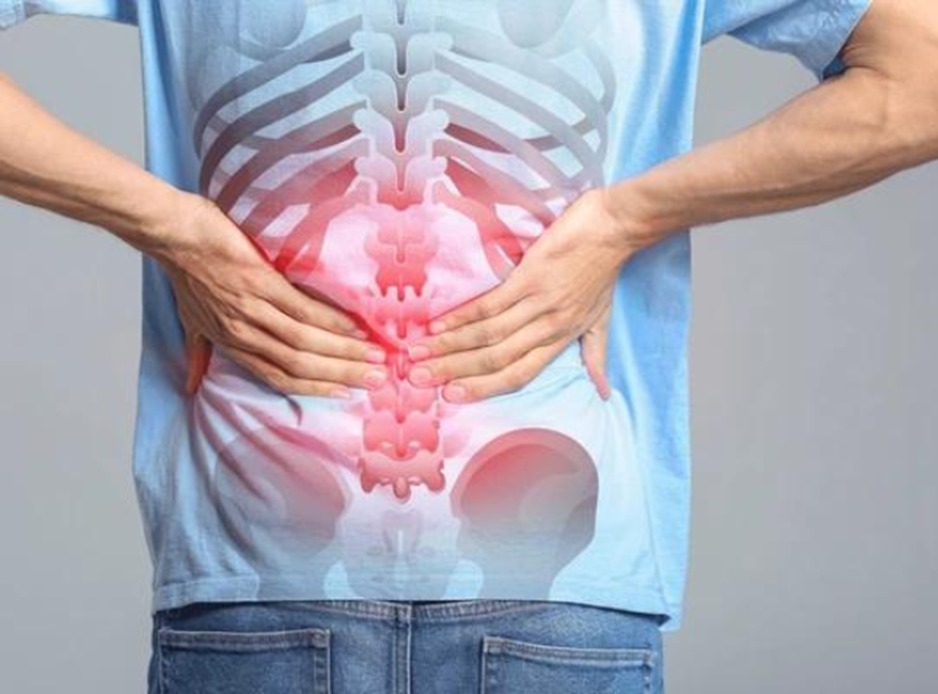Exploring Artificial Disc Replacement
Chronic back pain can be a debilitating condition, significantly impacting your daily life. If you’ve exhausted conservative treatments like physical therapy and medication, you might be considering surgical options. While spinal fusion is a traditional approach, advancements in technology have introduced Artificial Disc Replacement (ADR) as a promising alternative.
Understanding the Back and Degenerative Disc Disease
Your spine is a marvel of engineering, providing support and flexibility. Intervertebral discs act as cushions between the vertebrae, absorbing shock and allowing for movement. However, with age and wear-and-tear, these discs can degenerate, leading to a condition called Degenerative Disc Disease (DDD). DDD can cause pain, numbness, and weakness radiating down the legs (sciatica) due to nerve compression.
Traditional Treatment: Spinal Fusion
Spinal fusion involves permanently joining two vertebrae together with bone grafts or implants. While effective in alleviating pain, it can limit spinal mobility. This can be a drawback for active individuals who desire flexibility.
The Rise of Artificial Disc Replacement
ADR offers a minimally invasive surgical approach that replaces the degenerated disc with an artificial one. This implant mimics the natural disc’s function, preserving flexibility and potentially leading to faster recovery times compared to fusion.
Benefits of Artificial Disc Replacement
- Preserves motion: Unlike fusion, ADR allows for continued movement in the treated area.
- Faster recovery: Studies suggest ADR patients may experience a quicker return to daily activities.
- Reduced long-term pain: ADR aims to address the pain source by replacing the damaged disc.
- Potentially better long-term outcomes: Maintaining spinal motion may reduce stress on other spinal structures, potentially lowering the risk of future problems.
Who is a Candidate for ADR?
Not everyone is a good candidate for ADR. Ideal patients typically have:
- Chronic pain originating from a single disc
- Relatively good bone quality
- No prior spinal fusion surgery in the same area
Living an Active Life Again
For many individuals suffering from chronic back pain, ADR offers a ray of hope. By potentially preserving spinal motion and reducing pain, this innovative procedure can help patients regain mobility and return to the activities they love. Remember, this blog post provides general information, and consulting a qualified healthcare professional is crucial for personalized advice.
Considering ADR? Consult a Spine Specialist
If you’re struggling with chronic back pain stemming from DDD, discuss ADR with us. Our team of experts will assess your condition, determine if you’re a candidate, and discuss the potential risks and benefits of ADR compared to other treatment options.
